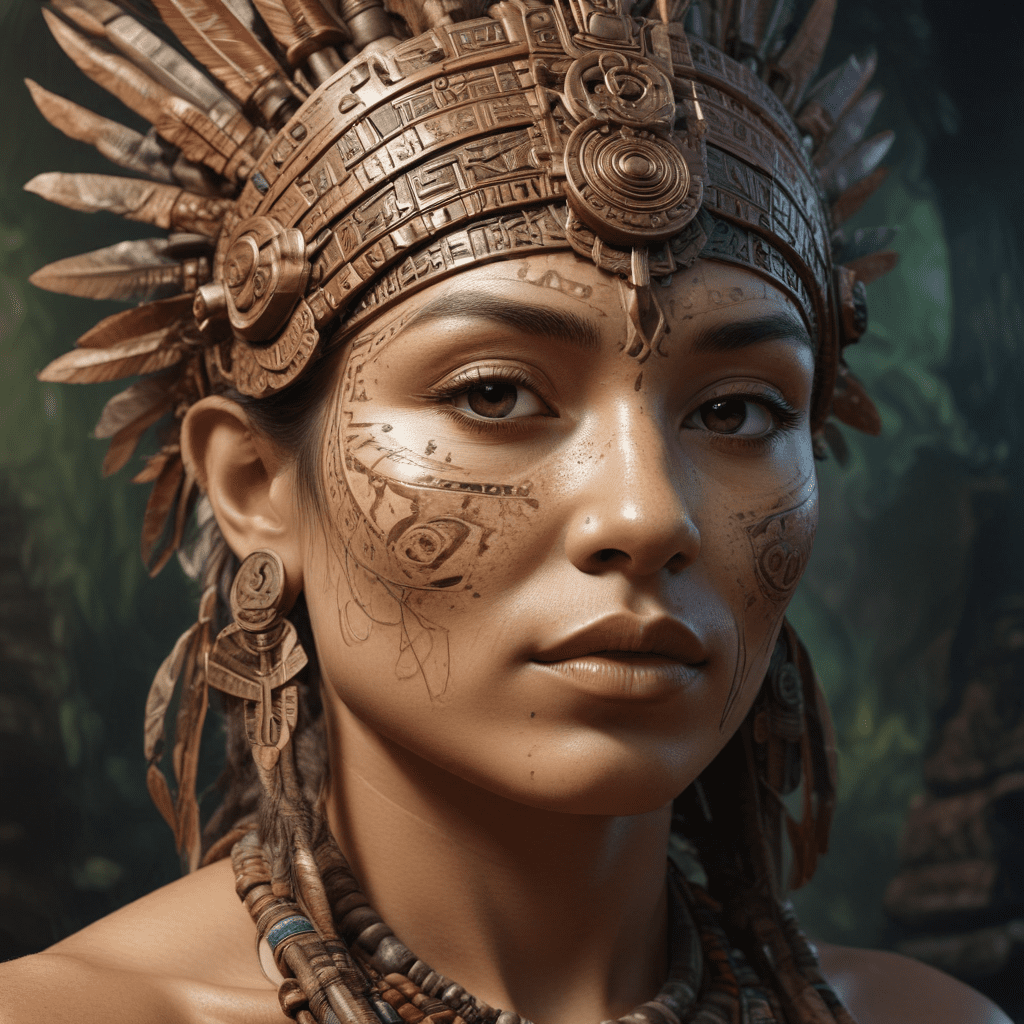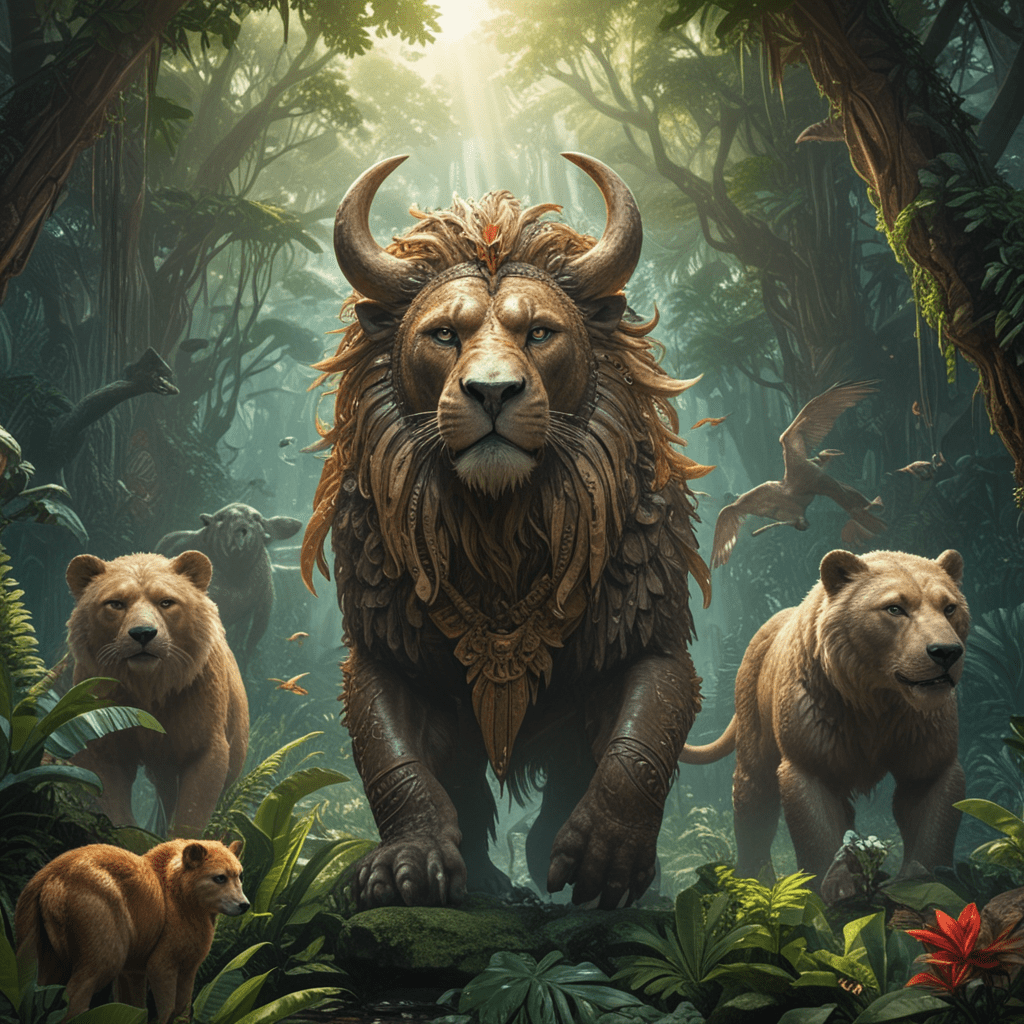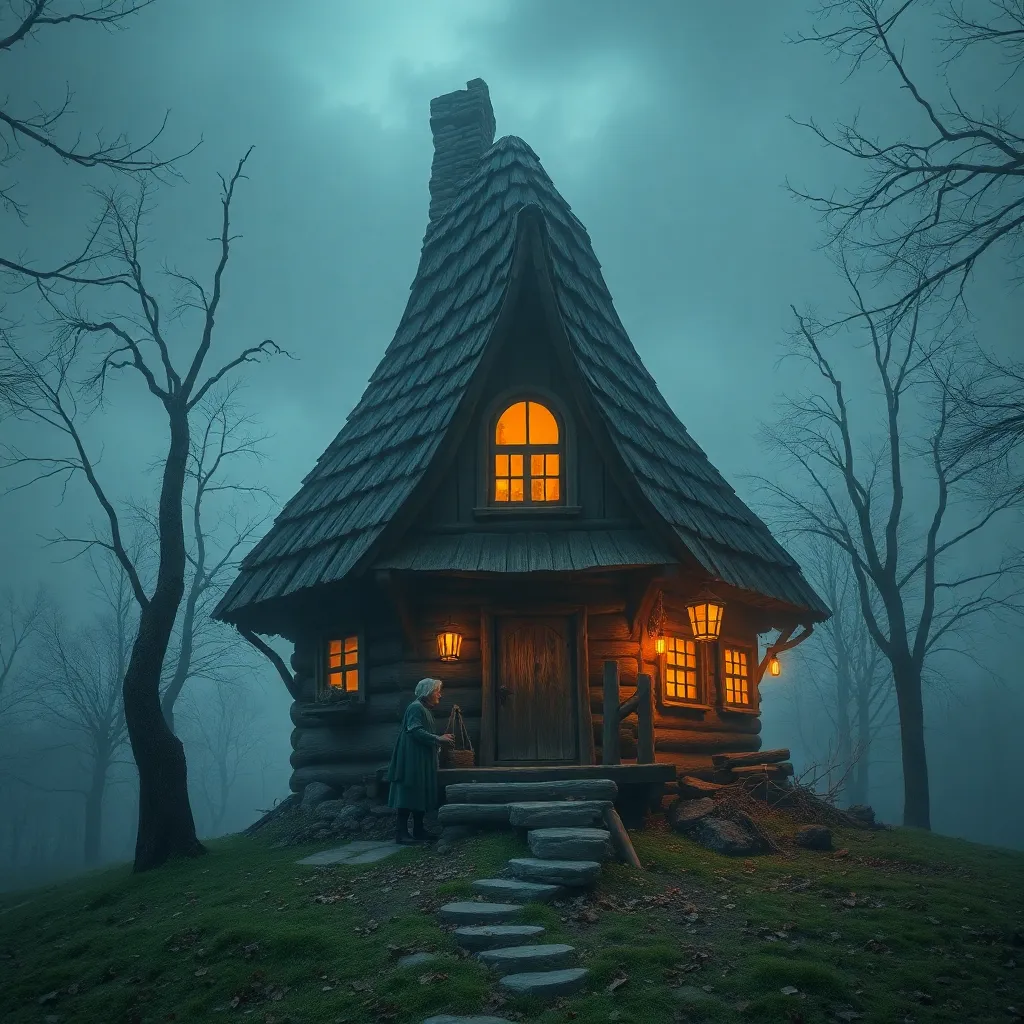Introduction: The Realm of Mayan Gods and Mythological Weapons
The ancient Maya civilization, renowned for its intricate calendar system, sophisticated writing, and towering pyramids, also possessed a rich and vibrant mythology populated by powerful deities and mythical creatures. These gods and goddesses wielded extraordinary weapons, each imbued with symbolic significance and imbued with the ability to shape the destiny of mortals and gods alike. This article delves into this fascinating realm, exploring the weaponry of the Mayan gods and their profound impact on Mayan society and culture.
2. The Pantheon of Mayan Deities: A Tapestry of Power and Weaponry
The Mayan pantheon was a complex and diverse tapestry of deities, each with distinct attributes and domains. Prominent among them were the creator gods, the heroic twins, the underworld deities, and the rain gods. Each of these deities wielded unique and powerful weapons that reflected their divine powers and roles in the cosmic order. For the Maya, these weapons were not mere instruments of war or hunting; they were symbols of authority, power, and the delicate balance between creation and destruction.
3. The Thunderbolt of Kukulkan: A Symbol of Divine Authority and Cosmic Force
Kukulkan, the feathered serpent god, was a central figure in the Mayan pantheon, associated with creation, fertility, and the winds. His weapon, the thunderbolt, was a symbol of his immense power and authority. Depicted as a bundle of stylized lightning bolts, the thunderbolt represented the destructive force of nature, capable of both creating and destroying worlds. It also served as a reminder of Kukulkan's role as the bringer of rain and the sustainer of life.
4. The Serpents of Gucumatz: Embodiments of Primordial Power and Creation
Gucumatz, the feathered serpent god of creation, was an embodiment of primordial power and wisdom. His weapon, the serpents, were symbolic of his role in shaping the world and bringing forth life. The serpents, often depicted as entwined or emerging from his mouth, represented the generative forces of nature, the interconnectedness of all things, and the cyclical nature of time. They also served as guardians of the underworld and protectors of sacred knowledge.
5. The Obsidian Blades of Itzamna: Instruments of Sacrifice and Divine Knowledge
Itzamna, the god of wisdom, creation, and the heavens, wielded obsidian blades as his primary weapon. Obsidian, a volcanic glass prized for its sharpness and mystical properties, was believed to hold the power to沟通 with the spirit world. Itzamna's obsidian blades were used for ritual sacrifices, offerings to the gods, and for carving sacred texts. They represented the power of knowledge, the ability to cut through illusion, and the sacrifice necessary for spiritual growth.
6. The War Clubs of Hunahpu and Xbalanque: Symbols of Heroism and Triumph over Evil
Hunahpu and Xbalanque, the heroic twins, were celebrated for their bravery, intelligence, and triumph over evil. Their weapons, the war clubs, were symbols of their strength, courage, and determination. Depicted as wooden clubs adorned with feathers and adorned with carvings of deities, the war clubs represented the power to overcome adversity and the importance of fighting for justice. The twins' victories over the lords of the underworld solidified their status as protectors of humanity and symbols of hope.
7. The Bow and Arrows of Ix Chel: Representing Female Power and Hunting Prowess
Ix Chel, the goddess of the moon, childbirth, and medicine, was revered for her nurturing nature and her association with the natural world. Her weapon, the bow and arrows, symbolized her independence, skill, and connection to the hunt. As a skilled huntress, Ix Chel provided sustenance for her people and protected them from harm. Her bow and arrows also represented her ability to heal and protect, embodying the feminine power of creation and preservation.
8. The Symbolic Significance of Mayan Weapons: Beyond Practical Warfare
Beyond their practical use in warfare and hunting, Mayan weapons held profound symbolic significance. They represented the power of the gods, the interconnectedness of the cosmos, and the delicate balance between creation and destruction. The weapons served as reminders of the divine order, the importance of sacrifice, and the cyclical nature of time. They also embodied the values of courage, justice, and the triumph over evil, inspiring the Maya to strive for a better world.
9. The Role of Mythological Weapons in Mayan Society and Culture
Mythological weapons played a vital role in Mayan society and culture. They were central to religious ceremonies, rituals, and storytelling. They served as powerful metaphors for understanding the complexities of the universe, the nature of human existence, and the relationship between humanity and the divine. Through these weapons, the Maya explored themes of power, sacrifice, creation, and destruction, shaping their worldview and inspiring generations to come.
10. The Legacy of Mayan Weaponry: Inspiration and Influence in Art and Literature
The legacy of Mayan weaponry continues to inspire and influence art and literature today. The intricate designs, symbolic meanings, and stories associated with these weapons have captivated artists, writers, and scholars for centuries. Mayan weapons have been featured in paintings, sculptures, novels, and films, serving as powerful reminders of the rich cultural heritage of the ancient Maya civilization.
Frequently Asked Questions (FAQ)
Q: What were the most common materials used to make Mayan weapons?
A: The most common materials used to make Mayan weapons were wood, obsidian, and bone. Wood was used for clubs, spears, and bows, while obsidian was used for blades, arrowheads, and knives. Bone was also used for arrowheads and other small tools.
Q: What were the different types of Mayan weapons used in warfare?
A: The different types of Mayan weapons used in warfare included spears, javelins, darts, slings, clubs, axes, and swords. The Maya also used shields and armor made from wood, hide, or quilted cotton.
Q: What were the different types of Mayan weapons used for hunting?
A: The different types of Mayan weapons used for hunting included bows and arrows, blowguns, snares, and traps. The Maya also used dogs and other animals to help them hunt.
Q: What were the symbolic meanings of Mayan weapons?
A: The symbolic meanings of Mayan weapons varied depending on the weapon and the context in which it was used. Some weapons were associated with power, authority, and the divine, while others were associated with courage, justice, and the triumph over evil. The Maya also believed that weapons could be used to communicate with the spirit world.
Q: What is the legacy of Mayan weaponry?
A: The legacy of Mayan weaponry continues to inspire and influence art, literature, and popular culture today. The intricate designs, symbolic meanings, and stories associated with these weapons have captivated artists, writers, and scholars for centuries. Mayan weapons have been featured in paintings, sculptures, novels, and films, serving as powerful reminders of the rich cultural heritage of the ancient Maya civilization.



